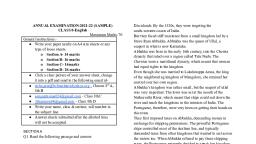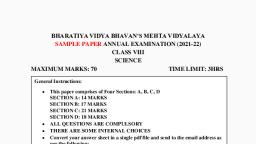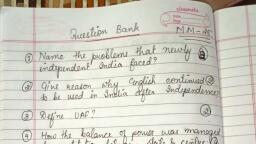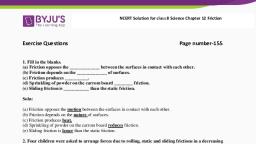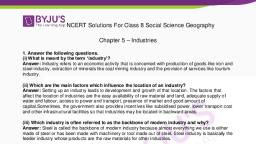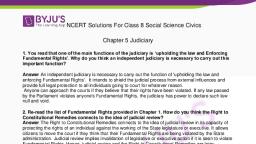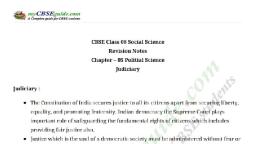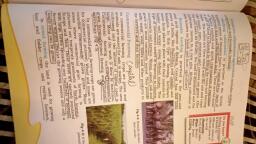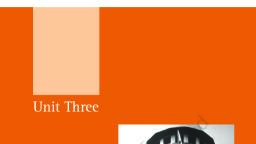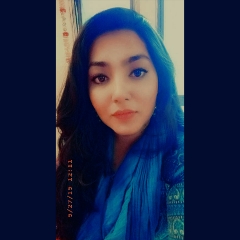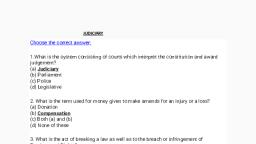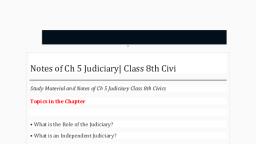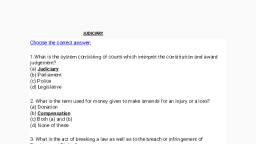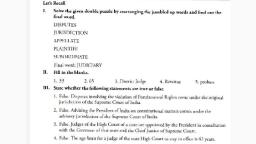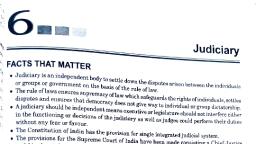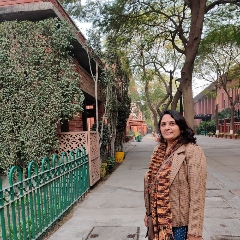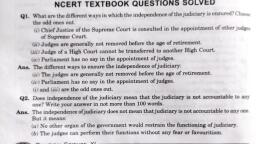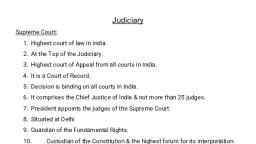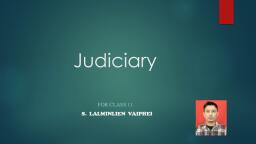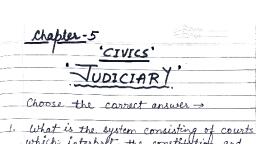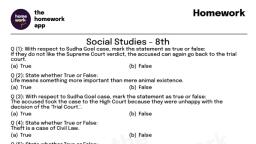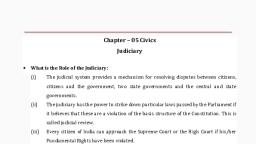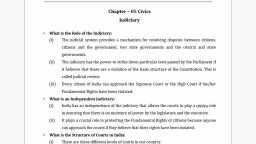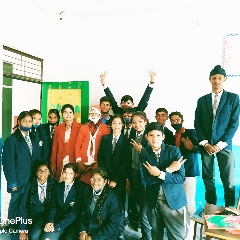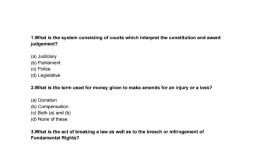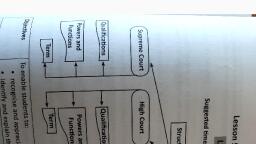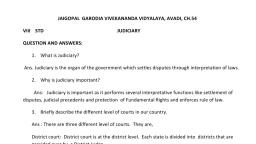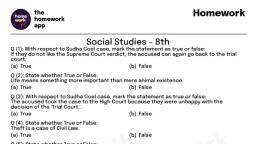Page 1 :
=, , myCBSEguide.com, A Complete guide for CBSE students, , CBSE Worksheet 01, Ch-23 Judiciary, , The courts through which most people interact with are called:, a. National courts, , b. Subordinate courts, , c. High courts, , d. Supreme courts, Judiciary play an important role because it is, , a. Independent, , b. Dependent on lawyers, , c. Dependent on government, , d. Dependent on minister, , . Which of the following is false regarding criminal law?, , a. If found guilty, the accused can be sent to jail and also fined, , b. Deals with conduct or acts that the law defines as offences, , c. A petition has to be filed before the relevant court by the affected party only, d. For example theft, harassing a woman to bring more dowry and murder, , . Who was the Chief Justice of India in 2007?, , a. M.G. Balakrishnan, b. K.M. Radhakrishnan, c. K.G. Balakrishnan, d. K.G. Radhakrishnan, , . The subordinate court is more commonly known by many different names except, , which of the following:, a. Apex court, b. Additional Sessions Judge, c. Trial Court or the Court of the District Judge, d. Chief Judicial Magistrate, , . Match the following:, , , , Column A Column B, , , , , , , , Material downloaded from myCBSEguide.com. 1/5
Page 2 :
10., , 11., , 12., , 13., , myCBSEguide.com, A Complete guide for CBSE students, , (i) Judiciary (a) Dispute between the Centre and the States, , , , (ii) Supreme Court (b) Criminal law cases, , , , (iii) Separation of Powers (c) Uphold the law of the land, , , , (iv) FIR (d) Key feature of the Constitution, , , , , , , , , , i Amechanism of Public Interest Litigation was devised in the early..............02, ii, There are............ different levels of courts in our country., iii. The... play a significant role in protecting our Fundamental Rights., iv. Each state has a........... which is the highest court of that state., v. The decisions made by the............... are binding on all other courts in India., vi. The Judiciary is the final interpreter of the............, , , , . State true or false:, , i. The seven North-Eastern states have a common High Court., , ii, A citizen can appeal against a decision made by the Supreme Court., iii. The President appoints the Chief Justice of India., iv. There is only one Supreme Court in India., , . What do you mean by independent judiciary?, , The judiciary acts as per the wishes of the government. (True/False), The seven north-east states have a common High Court. Where is this located?, What is an independent judiciary? Explain in brief., , Describe the different branches of the legal system. How do they differ from one, another?, , Material downloaded from myCBSEguide.com. 2/5
Page 3 :
myCBSEguide.com, A Complete guide for CBSE students, , CBSE Worksheet 01, Ch-23 Judiciary, , Answer, , . Subordinate courts, Explanation: The courts that most people interact with are, , what are called subordinate or district courts. These are usually at the district, or Tehsil level or in towns and they hear many kinds of cases., , Independent, Explanation: It is the independence of the judiciary that allows, the courts to play a central role in ensuring that there is no misuse of power by, the legislature and the executive. The lack of independence would force the, judge to make all judgments in favour of the politician., , A petition has to be filed before the relevant court by the affected party only, Explanation: It usually begins with the lodging of an First Information Report, (FIR) with the police who investigate the crime after which a case is filed in the, court., , K.G. Balakrishnan, Explanation: The Chief Justice of India (CJI) is the head of the, judiciary of India and the Supreme Court of India. The CJI also heads their, administrative functions., , On 8 June 2000, K.G.Balakrishnan was appointed a judge of the Supreme Court., He was sworn in as the Chief Justice of India on 14 January 2007, , . Apex court, Explanation: 1) The Supreme Court is the apex(highest) court of, , India., , 2) The subordinate court is more commonly known by many different names., These include the Trial Court or the Court of the District Judge, the Additional, Sessions Judge, Chief JudicialMagistrate, Metropolitan Magistrate, Civil Judge., , i Judiciary - (c) Uphold the law of the land, ii, Supreme Court - (a) Dispute between the Centre and the States, , iii. Separation of Powers - (d) Key feature of the Constitution, , Material downloaded from myCBSEguide.com. 3/5
Page 4 :
10., , 11., 12., , myCBSEguide.com, A Complete guide for CBSE students, , iv. FIR - (b) Criminal law case, , i 1986: India had to wait till 1986 when the then Chief Justice of India P.N.Bhagwati, introduced Public Interest Litigation to the Indian Judicial system., ii. three: The Judicial system of India mainly consists of three types of courts-the, Supreme Court,The High Courts and the Subordinate courts., iii. courts: If your fundamental rights are violated, say by an official authority unless, for the legislative sanctions, you can approach Supreme Court., iv. High Court: There are 24 High Courts at the state and Union Territory level of, India., v. Supreme Court: The law declared by the supreme court becomes binding on all, courts within India and also by the union and state governments, vi. Constitution: Judiciary is the system of courts that interprets and applies the law in, the name of the state., i False, ii False, iii, True, iv. True, , . The Independent judiciary means that the judiciary is not under government and, , does not act on its behalf., , False: Juciciary is an independent form of organisation., Independence of the judiciary means that it is not under the control of the legislature, or the executive. The judges do not act on the direction of the government, , It is located at Guwahati., , The Indian Constitution provides for the independence of the judiciary. It means that, other branches of the State such as the legislature and the executive cannot interfere, in the work of the judiciary. The courts are not under the government and do not act, on their behalf. The courts ensure that there is no misuse of power of the legislature, and the executive. Anyone can approach the courts if they find that their, Fundamental Rights have been violated. Thus, the courts are not influenced by, anyone, not even by the rich and powerful people., , Material downloaded from myCBSEguide.com. 4/5
Page 5 :
myCBSEguide.com, A Complete guide for CBSE students, , 13. Different branches of the legal system are:, , a. Civil, and, , b. Criminal, , Civil law deals with matters like money, property, marriage disputes, etc. while, criminal law deals with theft, murder, etc. Here are the significant differences, , between civil law and criminal law., , , , , , , , , , , , , , , , , , Criminal law Civil law, Criminal law deals with conduct Civil law deals with harm or injury, or acts that the law defines as to rights of individuals such as, (a) | offences. Example- theft, (a) | disputes relating to sale of land,, robbery, cheating, physical purchase of goods, marriage, rent, injury and murder. matters., Criminal cases usually begin, with the lodging of an FIR with i . . :, the police who atte fis Civil cases begin with a petition that, (b) P (b) | is filed before the relevant court by, investigate the crime after, the affected party only., which a case is filed in the, court., If guilt is established t, guilt ines ene The court gives the specific relief, (c) | person, thenhecanbesentto | (c), asked for., jail and also fined., , , , Material downloaded from myCBSEguide.com., , 5/5



